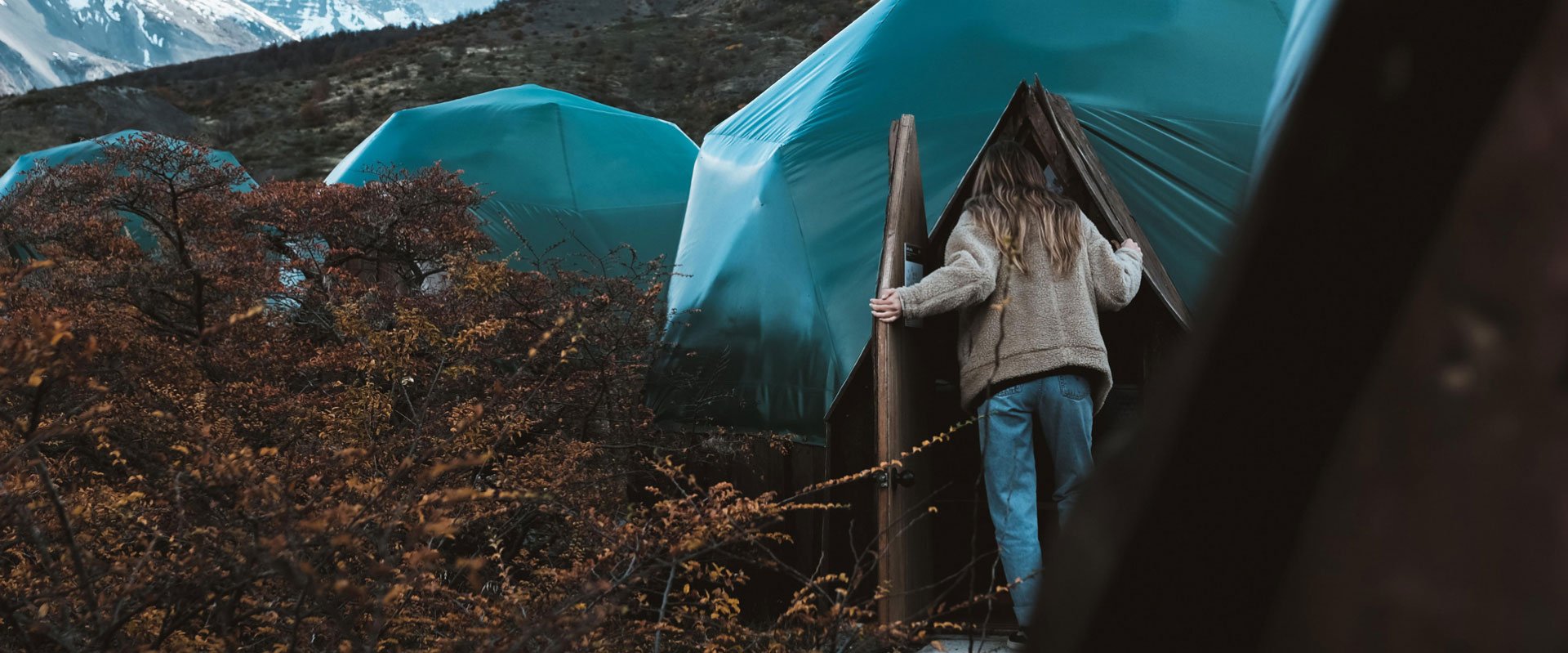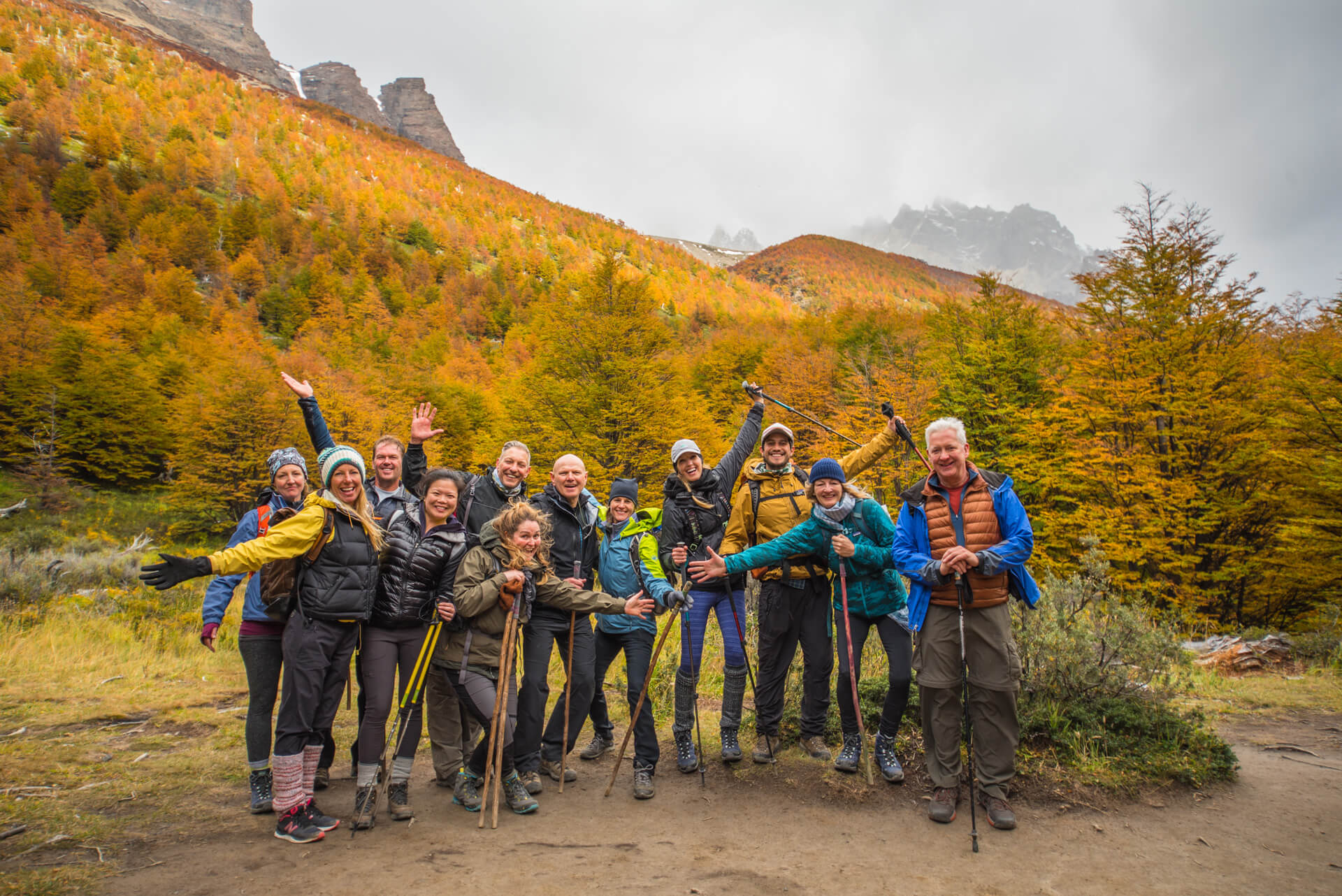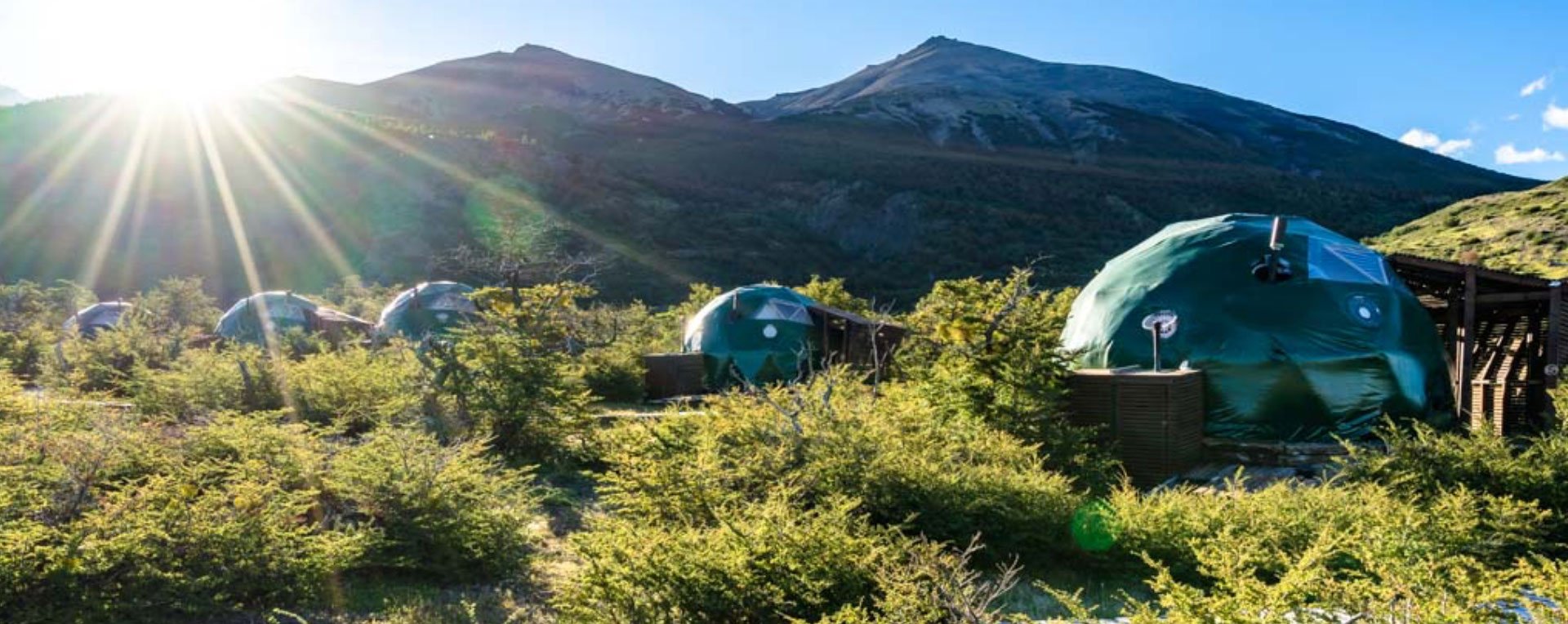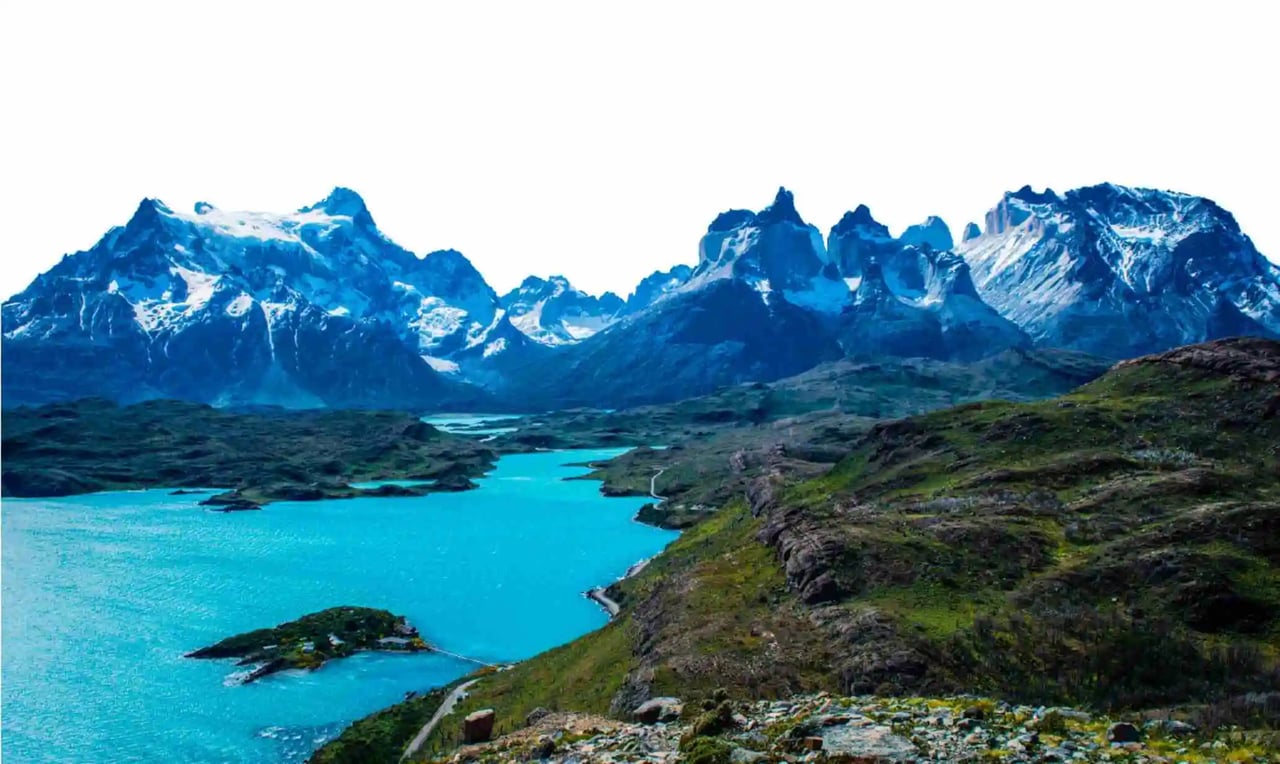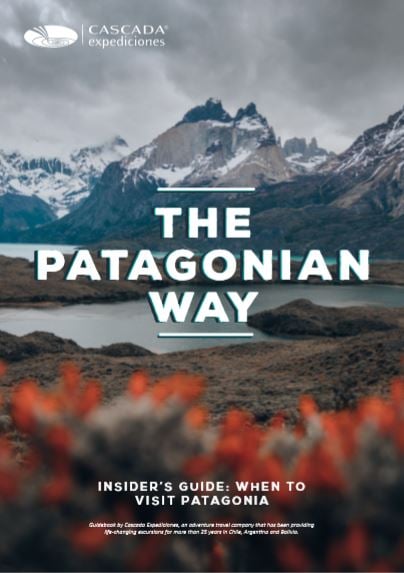Chilean Patagonia is a long region where you can spend months exploring its 17 national parks and 11,5 million protected hectares. However, I bet you’ll want to focus on the most stunning places and experiences. No worries, you are at the right place!
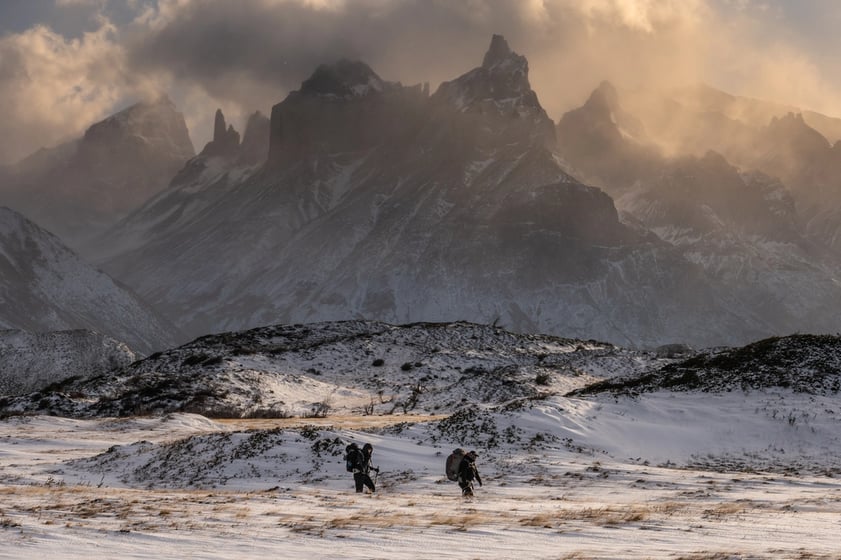
The southernmost region on the planet is divided between Chile and Argentina. While both countries have a lot to offer, we will focus on Chile’s highlights, from Puerto Montt (the official start of the region in the North) to Cape Horn, the southernmost tip of Patagonia. From north to south, it’s a roughly 1,600-kilometer line full of lush green forests, ice fields, rugged mountains, blue lakes, and remote valleys.
1. Drive through the Carretera Austral
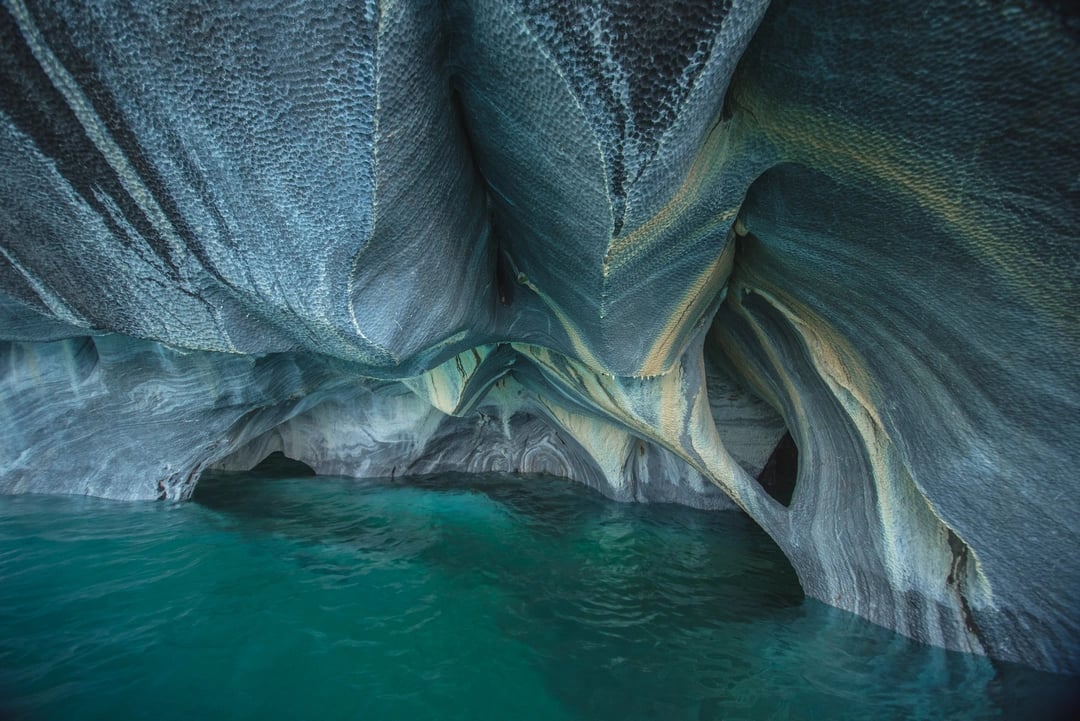
“Carretera Austral” (literally “southern highway") is the name given to “Route 7”, a wild highway that runs south for about 1,240 kilometers (770 mi) from Puerto Montt (Los Lagos region) to Villa O’Higgins (Aysén region). It connects sparsely populated areas and towns like Chaitén, Coyhaique, and Cochrane. About 100,000 people live around the Carretera Austral, a (very) small population considering the size of the land!
While the construction of the highway officially began in 1976, it has quickly become a strategic way to connect places that would be otherwise completely disconnected from Chile’s mainland. And getting to those beautiful spots has never been easier! Here, you will find some of the most spectacular national parks in Chile, such as Corcovado, Pumalín, Queulat, Laguna San Rafael, and Patagonia. In Cerro Castillo National Park - in the heart of the Carretera Austral - you will find one of the most stunning trekking circuits in southern Chile, a 3-day adventure through dense forests at the feet of steep mountains.
_resultado-1.webp?width=1080&height=721&name=CERRO%20CASTILLO%20HIKING%20(1%20of%201)_resultado-1.webp)
You will also drive along the second largest lake in South America (after the Titicaca), the General Carrera Lake (called “Buenos Aires” in Argentina). Here, you shouldn’t miss the sailing (or kayaking) experience of the famous marble caves, an astonishing natural wonder accessible from the town of Puerto Rio Tranquilo.
2. Explore Torres del Paine National Park, Chilean Patagonia
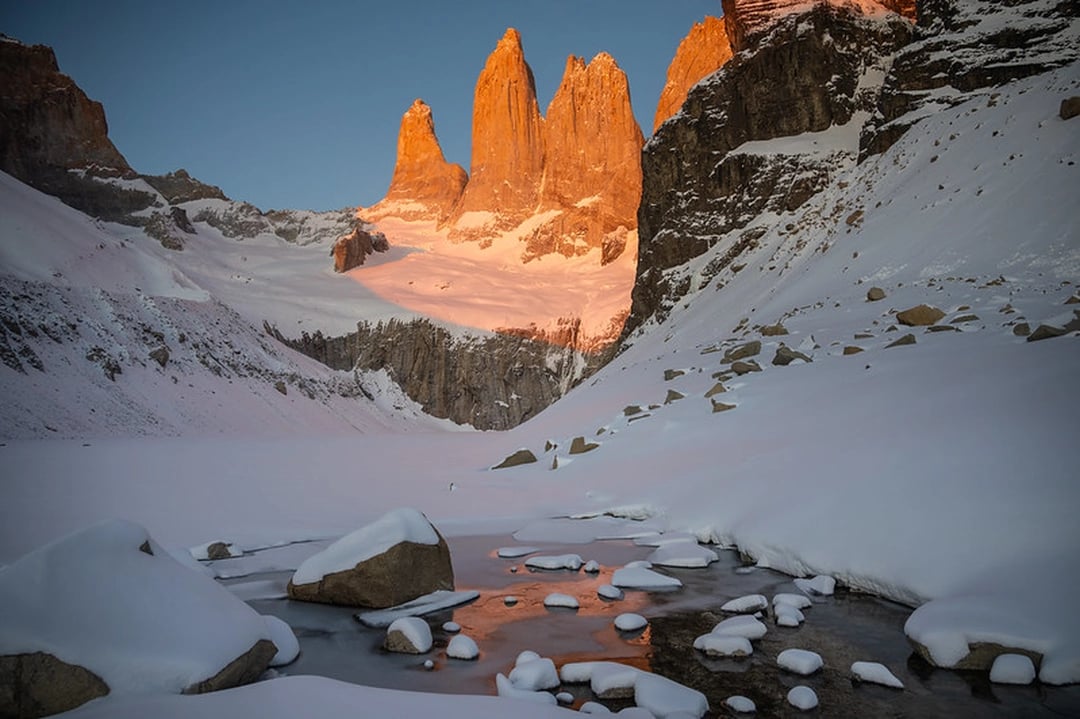
The crown jewel of Patagonia, Torres del Paine National Park made itself a reputation for its impressive granite mountains and diverse landscapes full of wildlife. It also attracts lots of hikers thanks to its world-renowned multi-day hikes, namely the W Trek and the Torres del Paine Circuit (“O Trek”). There are plenty of off-the-beaten-path trails you can explore on a full day (check out our Wildlife Safari program) and outdoor activities you can practice in epic places (such as horseback riding, kayaking, and mountain biking).
Torres del Paine National Park has the highest density of pumas in the world, so nature lovers can spot and photograph the elusive cat with granite towers as a backdrop. Wildlife here has so much to offer, with a healthy population of condors, guanacos, and dozens of other fascinating species. And if you’re into photography, Torres del Paine may be the most photogenic place on Earth, with its turquoise blue lakes (like Pehoé and Nordenskjöld), stunning glaciers (such as Grey Glacier), and iconic spires (such as the towers and los Cuernos) that get painted in pink at sunrise.
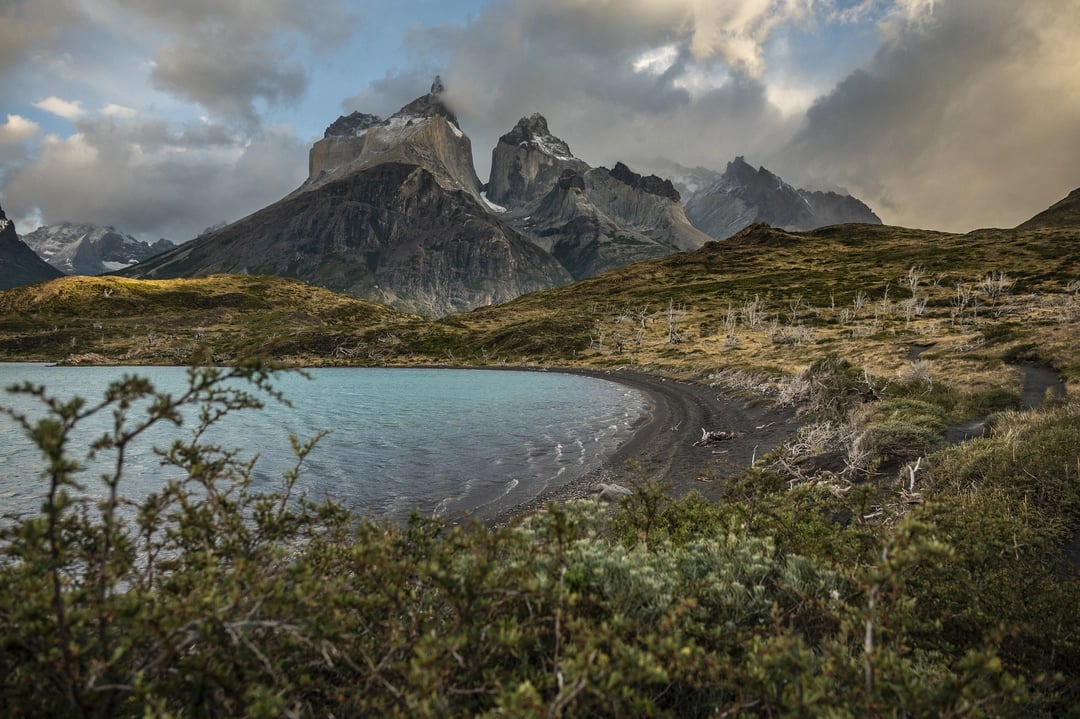
The park is accessible from Punta Arenas (a 5-hour drive) or Puerto Natales (a 2-hour drive). To get a complete (and sustainable) experience, stay at EcoCamp Patagonia, the world's first geodesic hotel!
3. Discover Patagonia’s traditions in an estancia
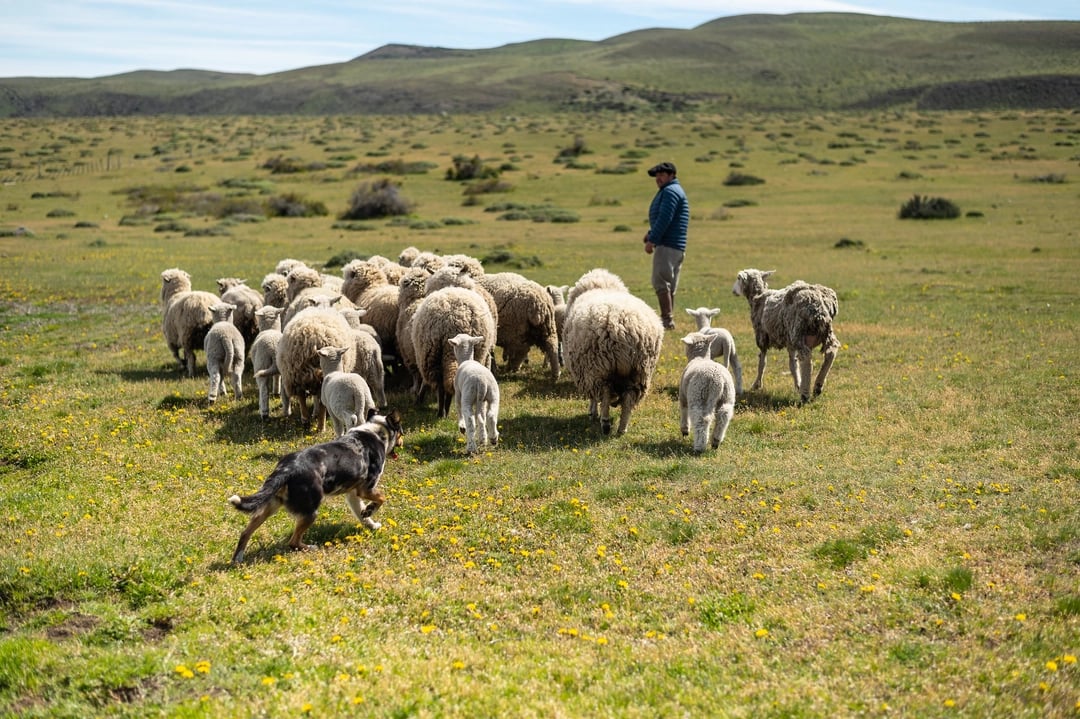
The first sheep were brought from Europe to Patagonia at the end of the 19th century. Sheep were a central part of the local economy thanks to the exportation of quality wool. However, throughout the years, they became a source of income for the quality of the meat. Today, sheep are part of the local landscapes, and it’s impossible to miss them while driving through Patagonia’s vast pampa (plains).
Estancias (local “farm lands”) are a fascinating legacy of that period. You will find dozens of them from north to south, and agro-tourism is booming as travelers can take part in the daily life of estancias with gauchos - the local “cowboys.” Activities offered in these estancias include horseback riding, sheep shearing, and “asado al palo,” the traditional barbecue. An estancia day is part of the daily activities offered in our Wildlife Safari program in Torres del Paine National Park, and you will find many options in Chile’s Magallanes region
4. Sail through the Magellan Strait
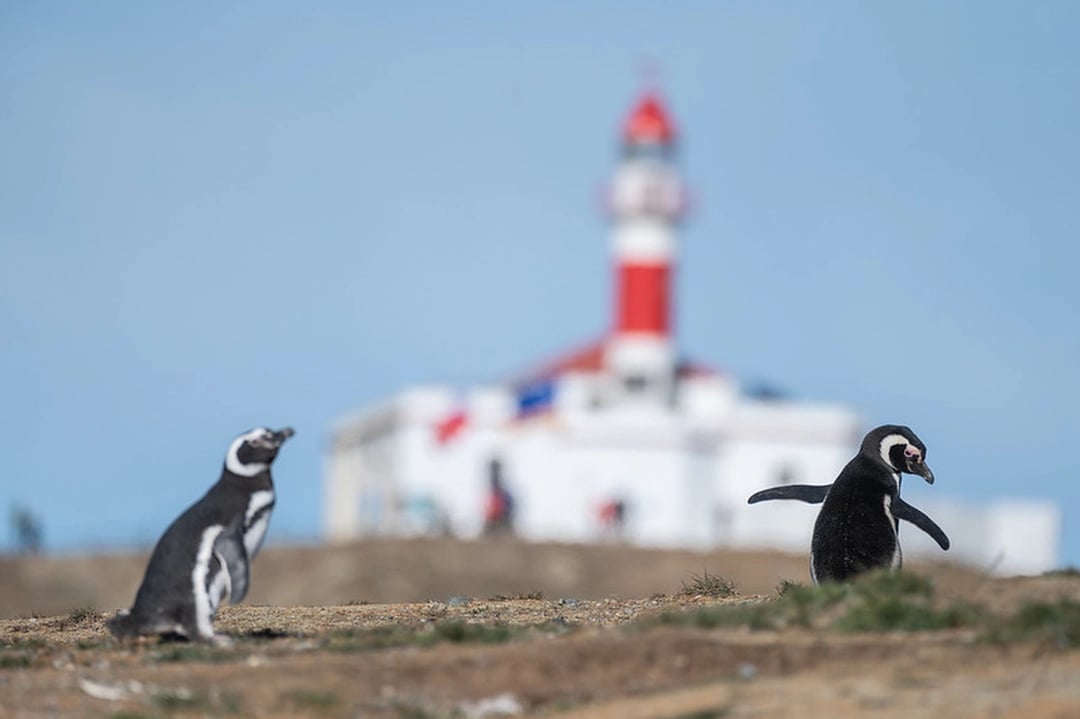
The legendary Magellan strait (“Estrecho de Magallanes”) separates mainland South America to the north and Tierra del Fuego to the south. It is one of the most important natural passages between the Atlantic and the Pacific Ocean. It was discovered by the Spanish expedition of Ferdinand Magellan in 1520, though it was navigated by canoe-fairing indigenous people, including the Kawésqar, for thousands of years. The route is difficult to navigate due to its infamous winds, but navigating through its wild waters is incredibly rewarding, especially if you’re aiming for wildlife!
Travelers staying in Punta Arenas can sail to the nearby Magdalena island to meet the second-largest colony of Magellan penguins in South America. These tiny, cute penguins travel in large groups when hunting for food and gather in large nesting colonies, like the one you’ll find on Magdalena Island.
You can also sail to the remote islands south of the Magellan Strait (in the Francisco Coloane Marine Reserve) to spot the magnificent humpback whales that are seen between November and March.
5. Travel to Tierra del Fuego, chilean Patagonia
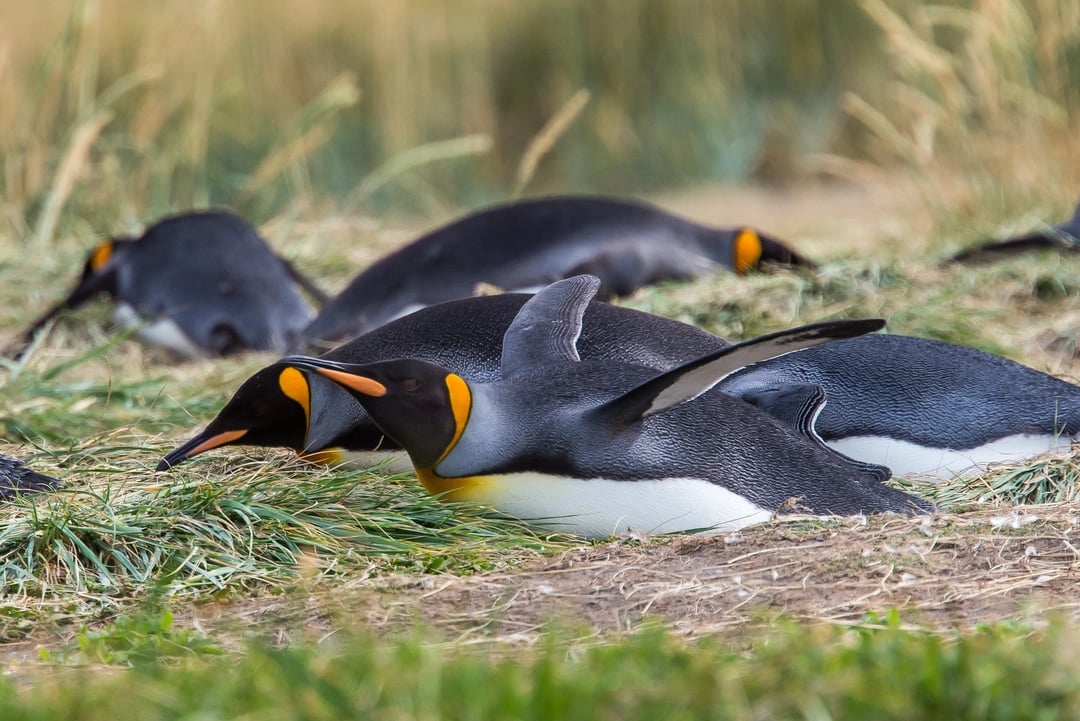
Welcome to Tierra del Fuego, the southernmost tip of South America—and a classic of southern Chilean Patagonia! The greatest island in South America, the area consists of an archipelago with islands such as Cape Horn (the southernmost one), Diego Ramirez, and the great island of Tierra del Fuego (48,100 square kilometers / 18,572 sq. mi.).
While everyone knows about Ushuaia in Argentina, fewer travelers explore the beautiful Chilean side. Here, you will find Alberto de Agostini National Park, a place of true wilderness with landscapes sculpted by glaciers. You will also find dense forests in the Yendegaia nature reserve and a protected area for King Penguins - the largest after the Emperor Penguins - on the western side of the island (Bahía Inutil). More than 40 penguins roam freely on the coastline for the delight of nature lovers!
South of the Archipelago, you will find Navarino Island, known for the southernmost trekking circuit on Earth, the Dientes de Navarino (“Navarino’s teeth”). The hike starts in the town of Puerto Williams…the southernmost city on Earth! And if you like anything “southernmost,” you should travel to the remote Cape Horn, the southernmost headland of the archipelago. The most southerly point of South America is actually the Diego Ramirez Islands!
Fancy traveling to Chilean Patagonia? Check out our programs or contact us!

